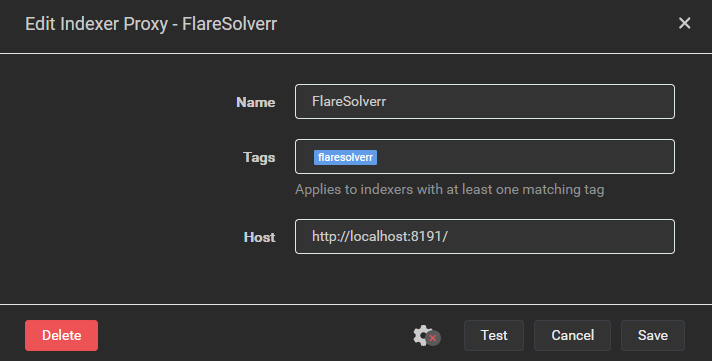That’s just what happens to CEOs of publicly traded companies when they have a bad year. And Intel had a really bad year in 2024. I’m certainly hoping that their GPUs become serious competition for AMD and Nvidia, because consumers win when there’s robust competition. I don’t think Pat’s ousting had anything to do with GPUs though. The vast majority of Intel’s revenue comes from CPU sales and the news there was mostly bad in 2024. The Arrow Lake launch was mostly a flop, there were all sorts of revelations about overvolting and corrosion issues in Raptor Lake (13th and 14th gen Intel Core) CPUs, broadly speaking Intel is getting spanked by AMD in the enthusiast market and AMD has also just recently taken the lead in datacenter CPU sales. Intel maintains a strong lead in corporate desktop and laptop sales, but the overall trend for their CPU business is quite negative.
One of Intel’s historical strength was their vertical integration, they designed and manufactured the CPUs. However Intel lost the tech lead to TSMC quite a while ago. One of Pat’s big early announcements was “IDM 2.0” (“Integrated Device Manufacturing 2.0”), which was supposed to address those problems and beef up Intel’s ability to keep pace with TSMC. It suffered a lot of delays, and Intel had to outsource all Arrow Lake manufacturing to TSMC in an effort to keep pace with AMD. I’d argue that’s the main reason Pat got turfed. He took a big swing to get Intel’s integrated design and manufacturing strategy back on track, and for the most part did not succeed.






Not the person you replied to, but I’m in agreement with them. I did tech hiring for some years for junior roles, and it was quite common to see applicants with a complete alphabet soup of certifications. More often than not, these cert-heavy applicants would show a complete lack of ability to apply that knowledge. For example they might have a network cert of some kind, yet were unable to competently answer a basic hypothetical like “what steps would you take to diagnose a network connection issue?” I suspect a lot of these applicants crammed for their many certifications, memorized known answers to typical questions, but never actually made any effort to put the knowledge to work. There’s nothing inherently wrong with certifications, but from past experience I’m always wary when I see a CV that’s heavy on certs but light on experience (which could be work experience or school or personal projects).